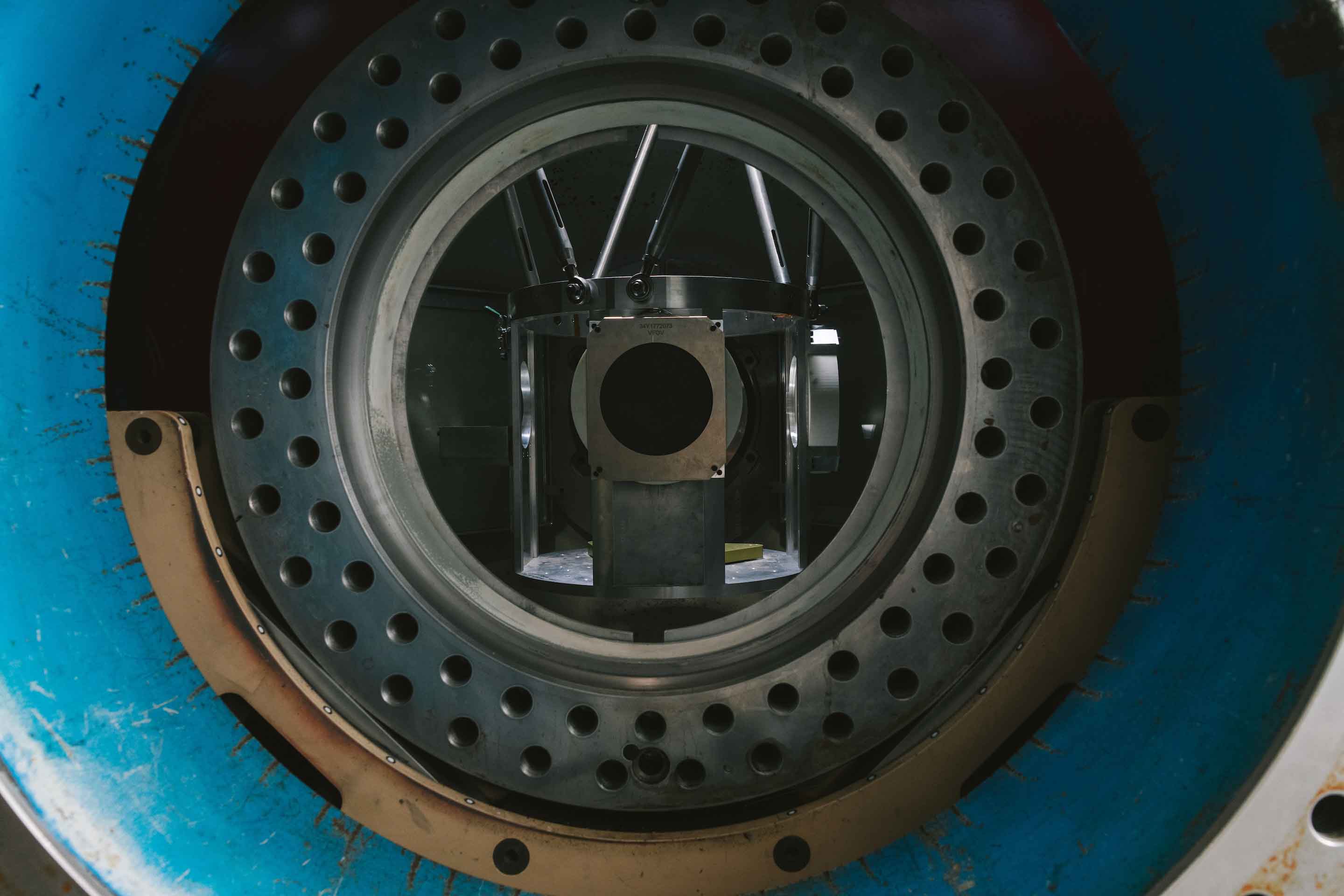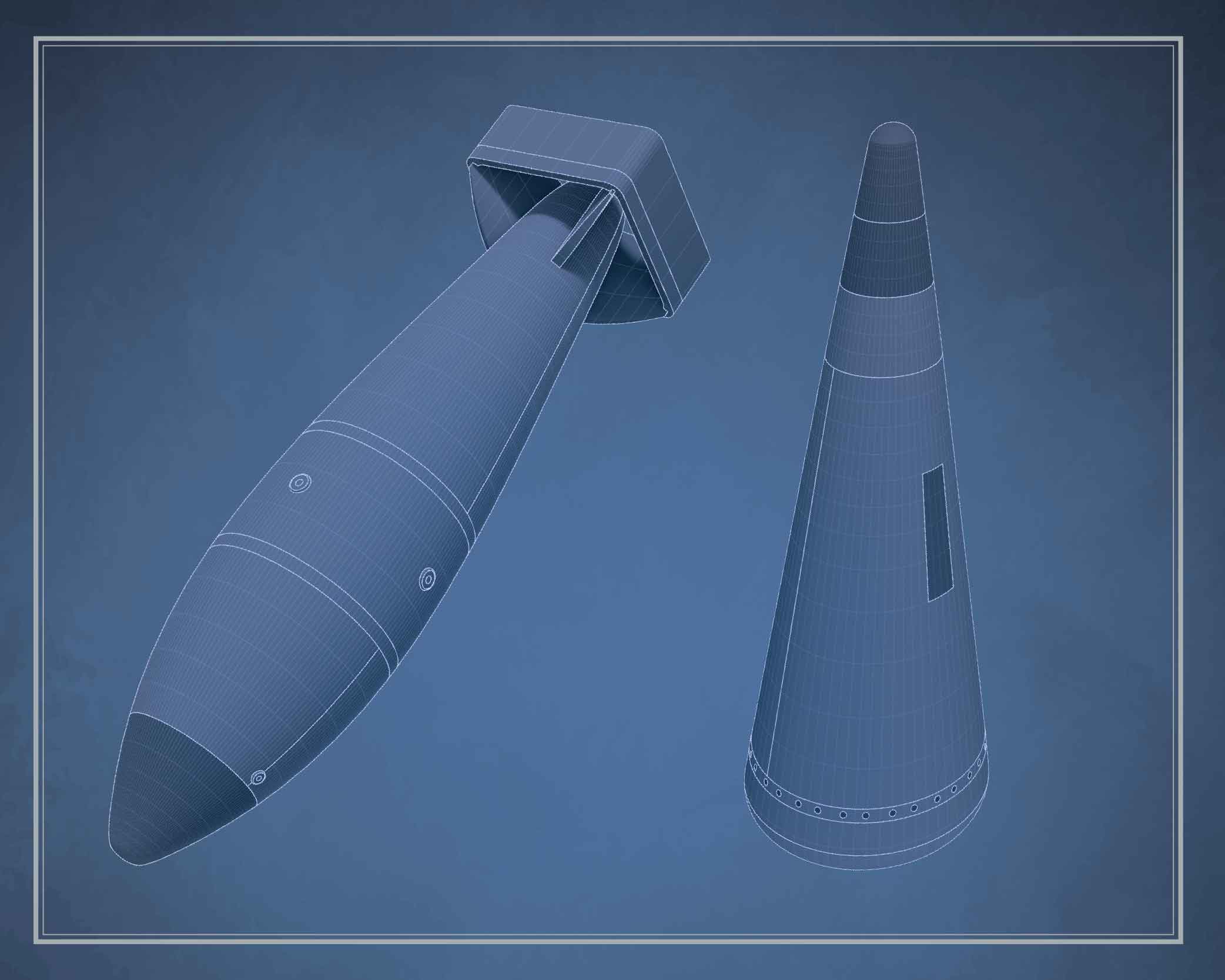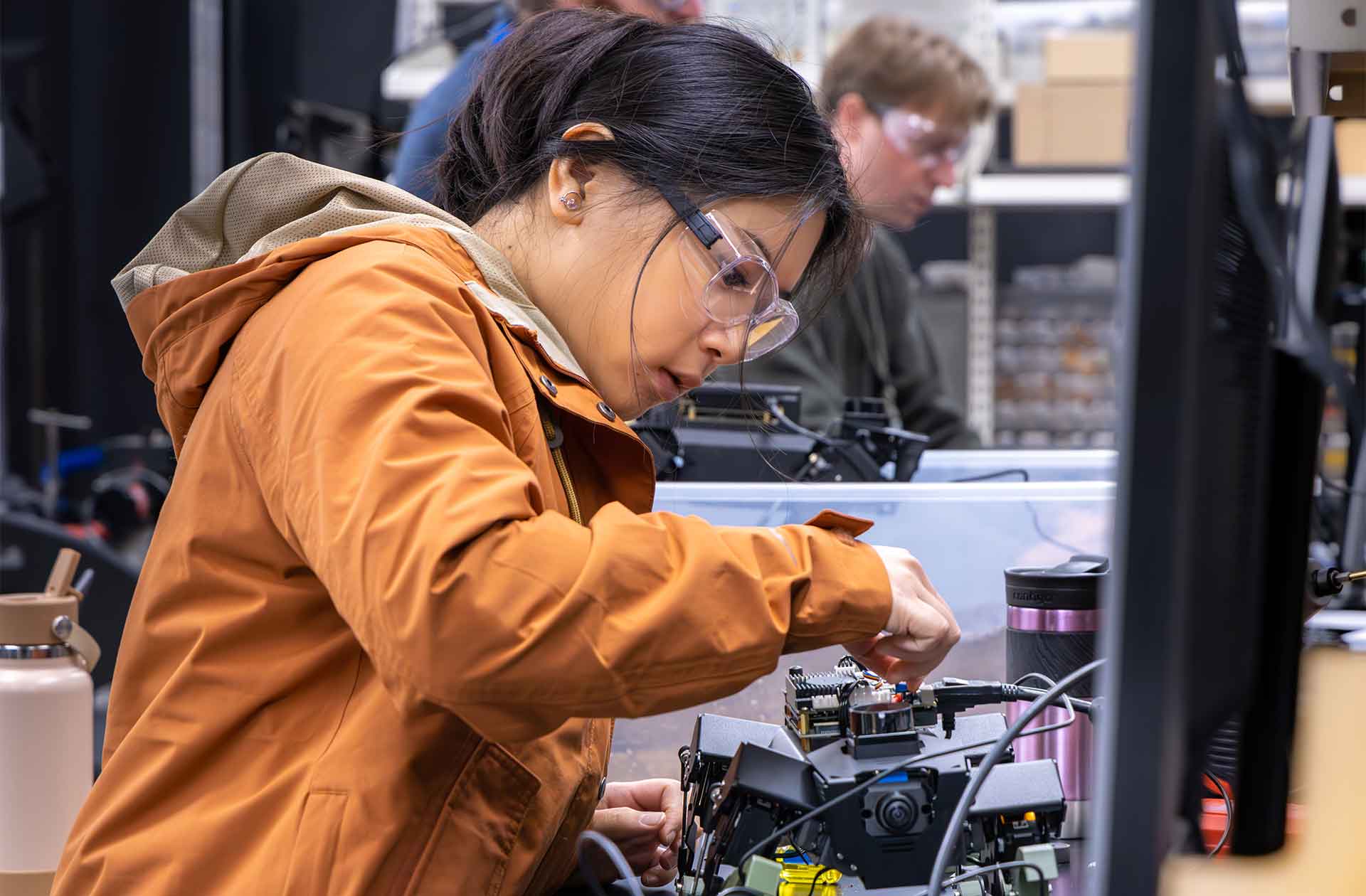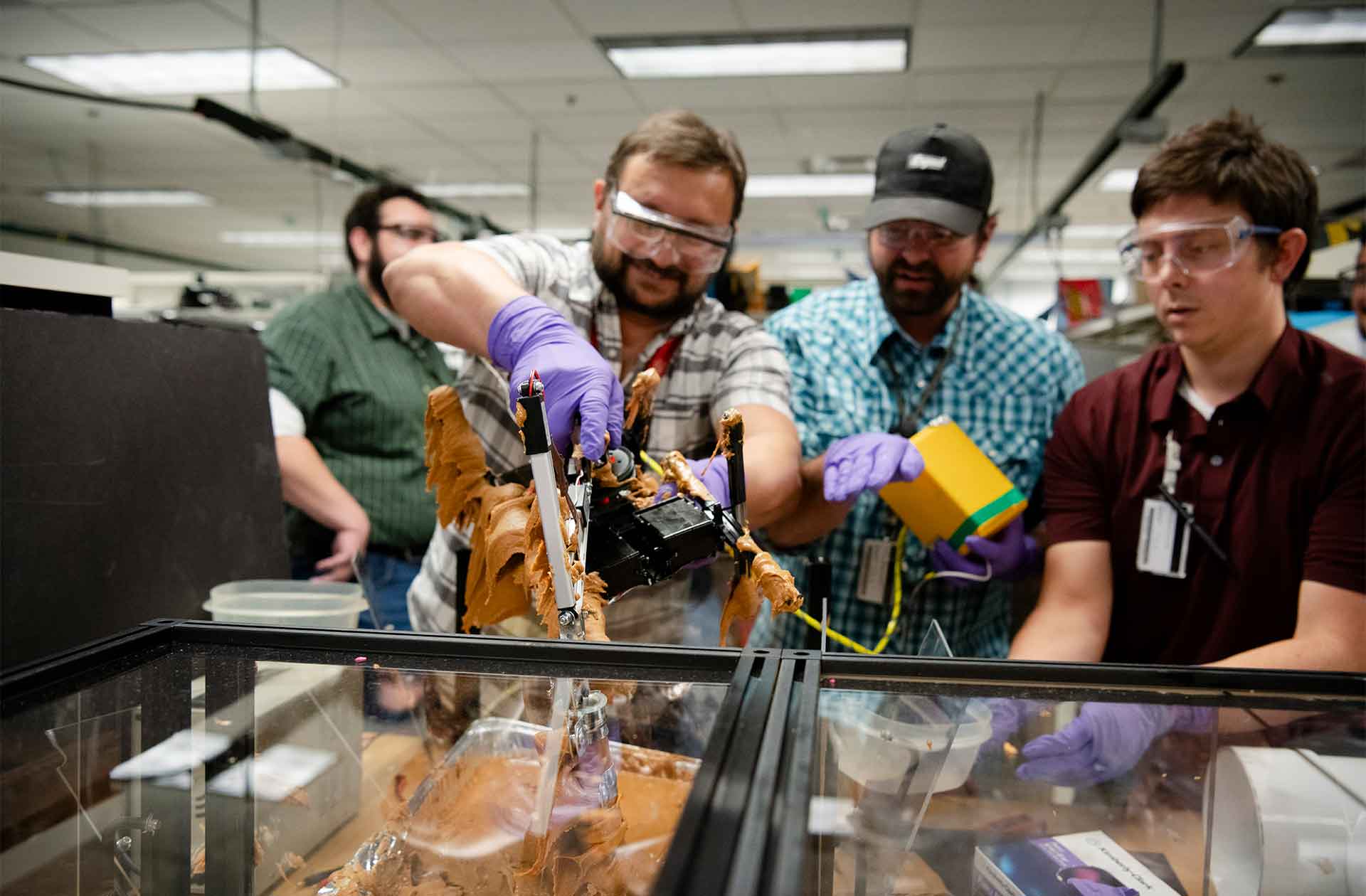What happens when a nuclear device is intercepted?
Los Alamos scientists apply their expertise to aid nuclear forensic efforts wherever and whenever they’re needed.
- Lisa Kisner, Communications specialist

When most people hear the word forensics, they conjure images of crime tape, scruffy detectives, and flashing police lights. But what happens when nuclear precedes forensics? That image might be more difficult to evoke, but the concept—the collecting and analyzing of evidence—is the same.
According to the International Atomic Energy Agency, nuclear forensics is “the examination of nuclear and other radioactive materials using analytical techniques to determine the origin and history of this material.”
The United States began to prioritize nuclear forensics capabilities in the 1990s, after the Soviet Union crumbled, and fears of nuclear material trafficking surfaced. After the September 11 attacks, concerns were amplified. “The world saw that terrorists have no limits,” explains Warren Oldham, of the Nuclear and Radiochemistry group at Los Alamos National Laboratory. “An improvised nuclear device went from a low‑probability concern to suddenly a very real, immediate threat.”
Since then, interest, tactics, and funding for nuclear forensics have waxed and waned. Los Alamos remains committed to supporting this important U.S. government mission. With the Lab’s directive to ensure the safety, security, and effectiveness of the nation’s nuclear stockpile, it simply makes sense. “We have expertise in handling materials, providing chemical and isotopic analysis, and assessing the data,” Oldham says. “Our weapons designers can take their known data and apply it to unknown—potentially dangerous—situations.”
The broad capabilities at Los Alamos are unique in the complex. George Brooks, the lead program manager for nuclear forensics, says “We are the only laboratory that can participate ‘end to end,’ contributing technical expertise to all phases of a nuclear forensics investigation.”
If a threat device is intercepted, for example, at a border crossing, it’s taken to a remote site and disassembled. The dissembled parts are sent to Los Alamos and other partner organizations for the next level of evaluation and investigations. Even under these controlled conditions, “it is not a nice, neat experiment, so what we need to do at Los Alamos varies,” says Oldham. “We’re trying to anticipate what we don’t know.”
Los Alamos nuclear forensic scientists prepare for such real-life scenarios by continually demonstrating their capabilities (including practicing sample receipt, conducting analysis, reporting findings, and providing assessments), often in conjunction with other agencies, and sometimes with real nuclear material.
Wherever suspicious materials are found, the analysis done at Los Alamos is essential for intelligence and law enforcement officials to fully understand a threat and then act. “We must be prepared for a low-probability, high-impact event,” Oldham says. “We’re always weighing immediate threats versus long-term risks, hoping to maintain global security.” ★









